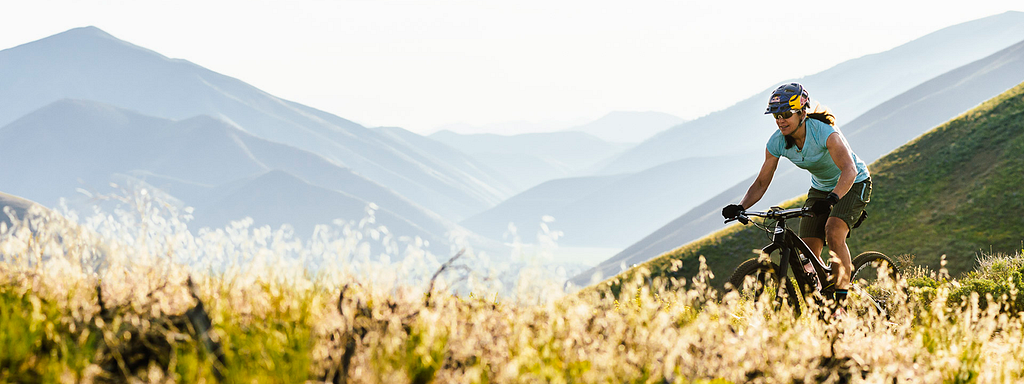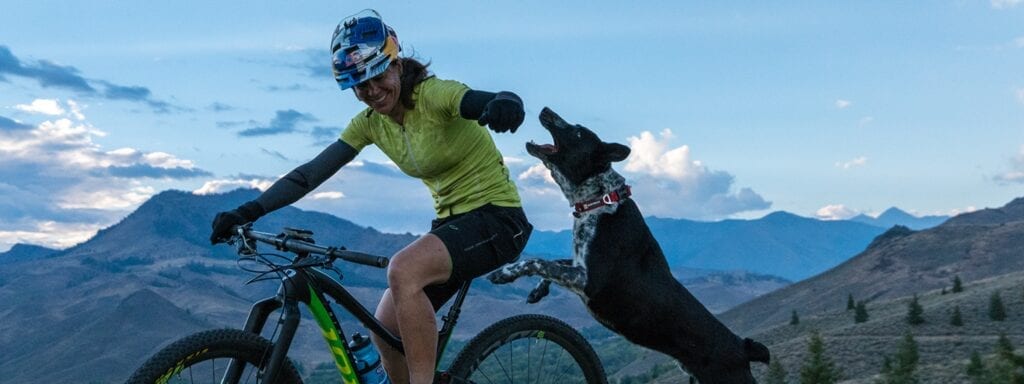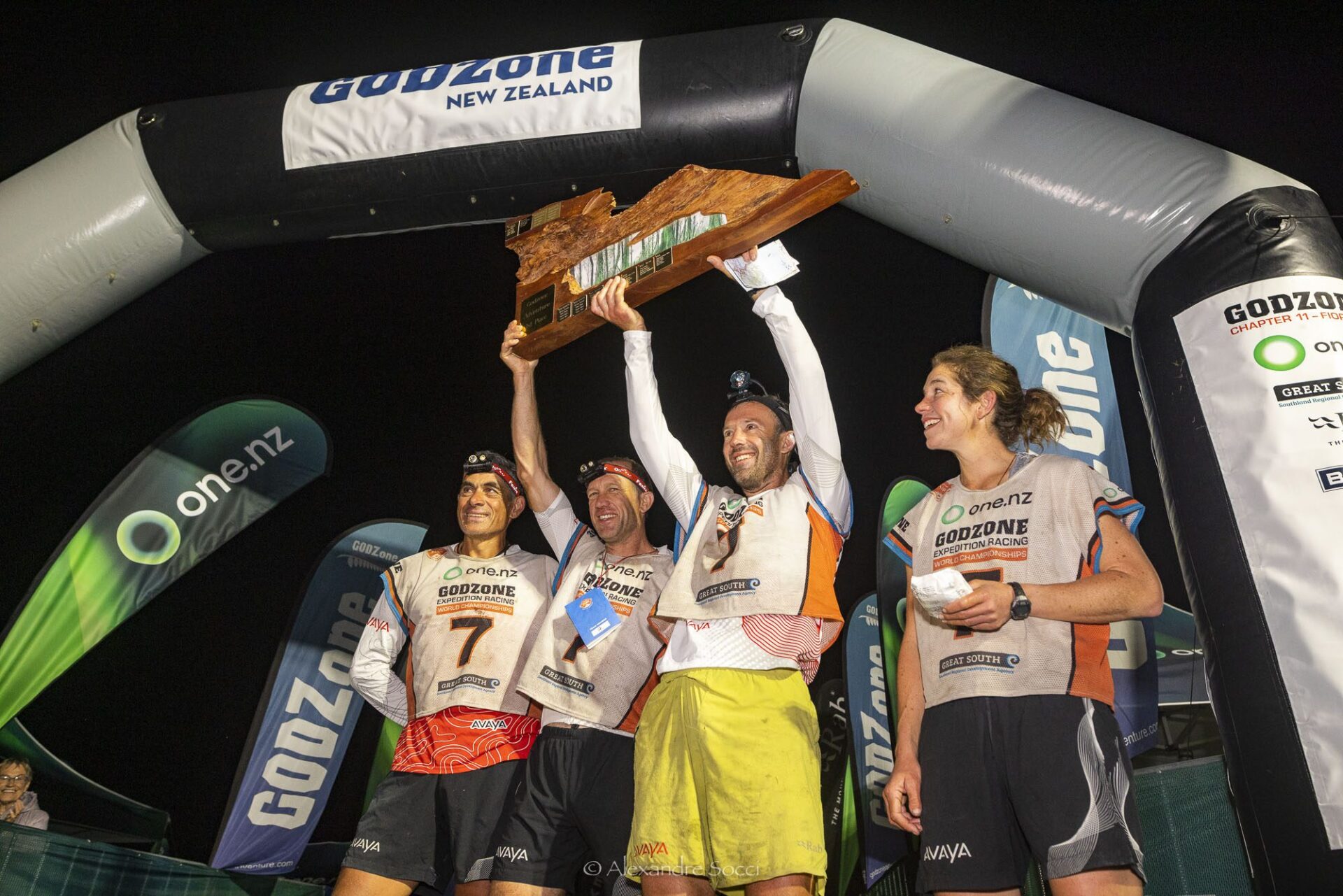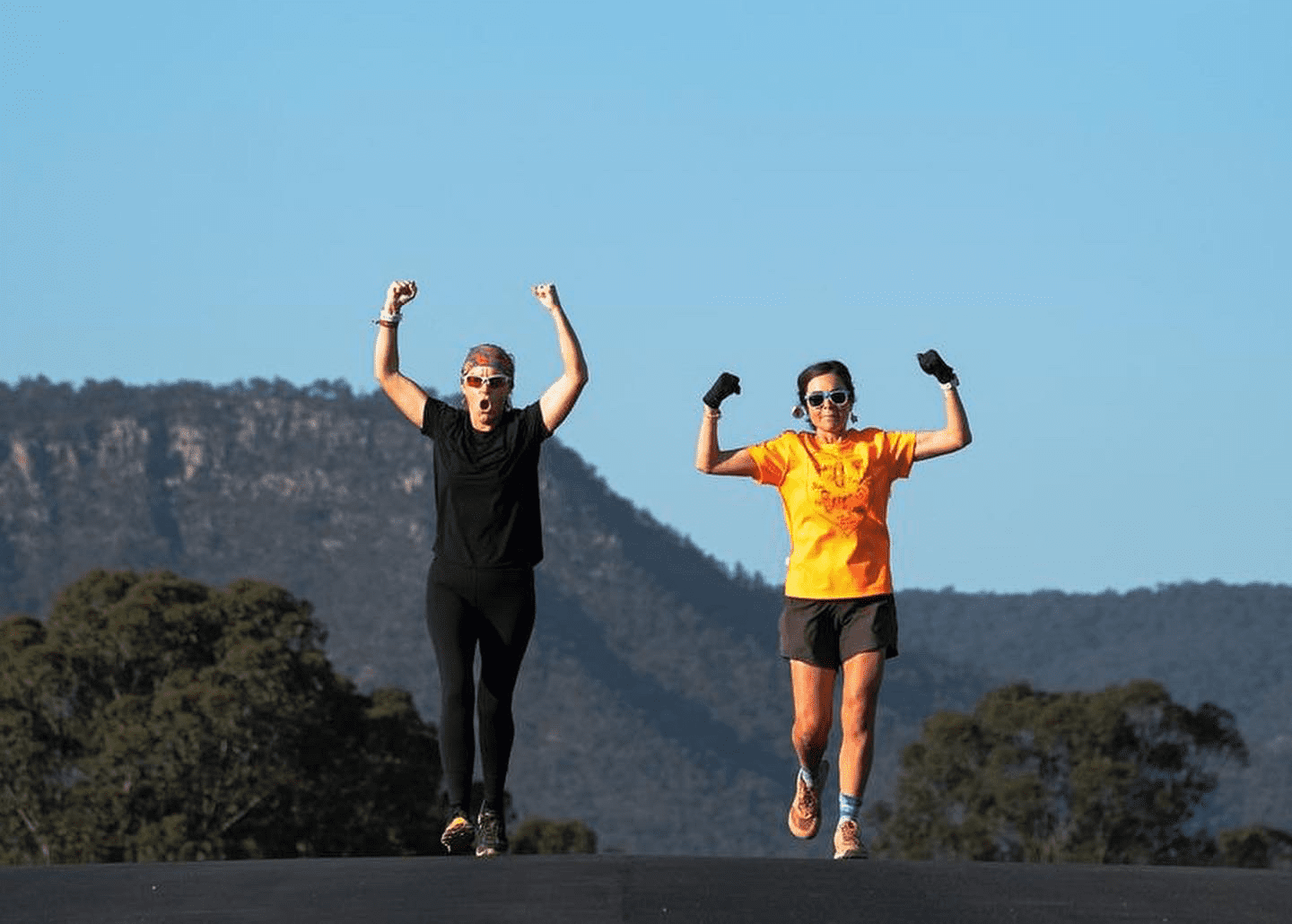
By Rebecca Rusch, The below is an excerpt from her book Rusch to Glory.
I have never had a five-year plan, let alone an idea of where I would be in five months. In the fall of 2005, the uncertainty of the life I’d made for myself became very real. Montrail’s owner called with news that the company was being purchased by Columbia and come October, just several weeks away, they would be cleaning house and severing most of their sponsorship deals — including the one with my team. Although grateful for the warning that the blade of the guillotine was about to come crashing down, I hung up the phone speechless. Then I relayed the news to all my teammates and support staff.
After 10 years spent building and managing my own adventure racing team with blood, sweat and tears, it was the end of the line. To some extent, I understood. Eco-Challenge was no longer on TV, and the exposure of the sport was on a downward slide. As luck would have it, I had just bought a condo and had a mortgage for the first time in my life. This was the biggest financial commitment I had ever made, a far cry from being able to just turn the key in the Bronco and drive away.
After a few days of soul-searching, I knew I had to find another job, and fast. I braced myself for the call to Red Bull, my sole remaining paying sponsor. Their response surprised me:
“Well, you have another year on your contract. Find something amazing to do.”

They say when a door closes, a window opens. It was a glimmer of hope. The Red Bull sponsorship wasn’t enough to support an entire adventure racing team or life as I knew it, but it was a small buffer that could delay the inevitable. But what the hell was I going to do? What “amazing” thing would live up to Red Bull’s expectations? I’ve always been durable and multi-talented, but never the best at any one thing, which is why adventure racing was so perfect for me. To capitalize on my biggest strength — endurance — I started looking around for the longest things I could find. I considered ultrarunning, but that just seemed painful and lonely. After running in high school and college, there just wasn’t much joy left in it for me.
My friend and fellow adventure racer Matthew Weatherley-White suggested I try 24-hour mountain bike racing, where you race around the clock. Even though I’d done a fair share of biking in adventure racing, this seemed like a stupid idea. I’d never learned to love it; in fact, I hated it more than any other sport I’d tried. Bikes were complicated. They always broke. And I wasn’t any good on technical terrain, so I’d end up pushing or carrying the damn thing.
But what else was I suited to do? I really couldn’t come up with any other ideas. The more I thought about it, the more I thought maybe I could make it work. At this point I had a nice race bike and, since living in Idaho, I had met some other women who rode. I actually had been on some pretty enjoyable rides with them. As an adventure racer, I was well trained to stay awake to race for days on end with no sleep, let alone just one 24-hour period. I could hold a steady pace when it wasn’t too technical. The checks in the plus column were adding up. I figured I had one year to dabble in some sort of sport to fulfill my requirements to Red Bull. It was going to be a bit of a celebratory lap at the end of a great athletic career.
I was still mulling over the cycling thing when I decided to hop into a local 100-mile unsanctioned race in Idaho, a grand tour of the local mountain bike trails. It started in nearby Hailey and made a giant loop through the surrounding mountains and valleys, including Ketchum. There are all kinds of strong riders in this area, many of whom would be on the ride. I figured it would be a pretty good test to see if I could ride 100 miles straight, much of it single-track. I had no visions of being able to stay with the group, but I wanted to see how I would do on a big ride. I was also excited about exploring unknown territory around my new home, and it’s tough to pass up a free event.

Along the ride I met a local rider, Greg Martin, who grew up riding on the technical trails in Virginia and was now racing in 100-mile mountain bike races and 24-hour solo events. With a second opinion that I should try some ultra-endurance mountain biking myself, I probed him with a few questions about how the events worked. More intriguing was this handsome, friendly guy with piercing blue eyes. I knew the bike was the ticket to spending more time with him.
In 2005, I assembled a group of new female riding friends to compete in the women’s expert category of the 24 Hours of Moab race. Muffy Ritz, Karoline Droege, Anna Keeling and I entered as Ketchum If You Can. As an experienced 24-hour racer, Greg agreed to come along as our mechanic and support crew. The road trip sounded like good therapy for the shock I was feeling from having my adventure racing career come to a screeching halt.
We rolled into Moab with the truck piled high with bikes, tools, camping gear, coolers, food and all the supplies to create a pop-up home and bike pit zone in the desert. I realized what a really incredible guy Greg was to be giving up his riding weekend to crew for us, and it was my first glimpse into how much of a team sport cycling actually is.
After unpacking the mountain of gear and staking out our place in the dirt, the team went out to ride the course. My first thought was,
“Holy shit. What have I gotten myself into?”
There were gnarly rock ledges, huge drops I could barely walk down, bumpy rock gardens — there was no way I was going to be able to ride everything. But I certainly wasn’t the worst rider out there. There were overweight people, riders in jean shorts, athletes on super-junky bikes right alongside the speed racer–looking pros with shaved legs and bikes more expensive than my car. It was a hodgepodge of humanity out there doing their thing in whatever way worked for them.
Because my adventure racing experience had honed my ability to get on and off my bike quickly, I decided that what I couldn’t ride, I’d run. Well, during the next 24 hours I ran a lot! Electing not to try to learn to ride technical terrain on the spot, I employed a yo-yo technique to minimize my losses: hustling through the stuff I couldn’t ride, then absolutely hammering the places I could to make up for lost time. Riding for 90 minutes at full intensity was very different from the metered, long-distance pacing I knew so well. I was certainly a bit overexcited and probably wasting tons of energy, but each lap felt like a sprint. I also didn’t want to let my teammates down.
![]()
Our team was cranking as we took turns pulling laps, giving our all, and taking care of each other and our bikes. By noon the next day, we had racked up 17 laps and won the women’s expert class race. Even with all of my running, I ended up having the fastest lap time among all of the women, including the pros! My last lap of the race happened to be as fast as my first, which blew Greg’s mind.
“Nobody does that. Everyone slows down,” he said.
I figured that maybe I was onto something. This ultra-endurance riding was less about the skill and more about the ability to be efficient and do whatever it took to keep moving.





